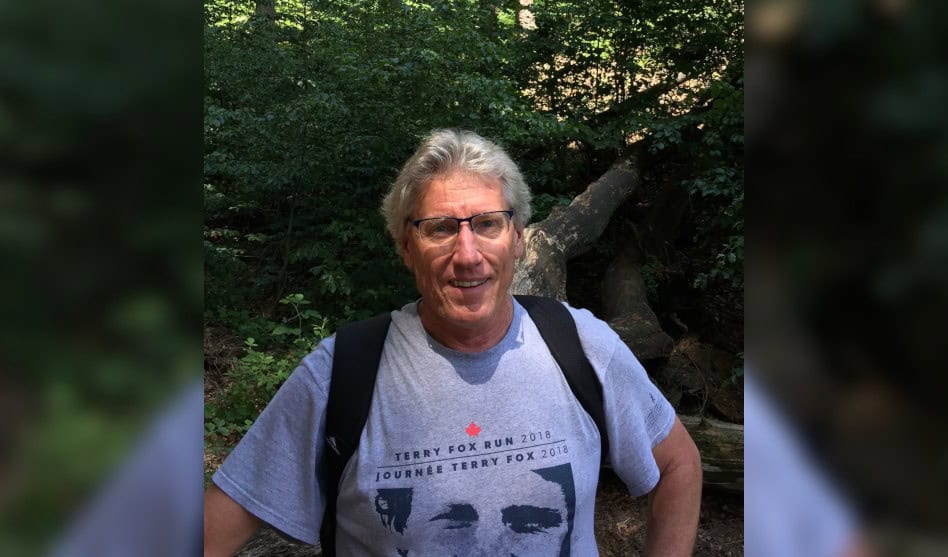HALO Senior Scientist Dr. Mark Tremblay and former HALOite Dr. Eun-Young Lee co-authored a paper titled “Meeting 24-h movement guidelines and associations with health related quality of life of Australian adolescents” that was just published in the Journal of Science and Medicine in Sport. The authors concluded that meeting more recommendations within the 24-Hour Movement Guidelines was associated with better HRQoL outcomes. However, only a small percentage of adolescents met all the recommendations, which underscores the need for promoting and supporting adherence to these behaviours. Citation details and an abstract of the paper are below.
Congratulations, Mark and team!
Khan, A., Lee, E. Y., & Tremblay, M. S. (2021). Meeting 24-h movement guidelines and associations with health related quality of life of Australian adolescents. Journal of Science and Medicine in Sport, 24(5), 468–473. https://doi.org/10.1016/j.jsams.2020.10.017
Abstract
Objective: This study determined the prevalence of adolescents meeting the individual and combinations of the Australian 24-Hour Movement Guidelines, and their associations with the health related quality of life (HRQoL).
Methods: The participants were 3096 adolescents (mean age: 12.4 years; 49% female) from wave 7 of the birth-cohort of the Longitudinal Study of Australian Children. The outcome was parent-reported HRQoL. Meeting the 24-Hour Movement Guidelines was defined as: ≥60 min/day of moderate to vigorous physical activity (MVPA), ≤2 hour/day of recreational screen time, and 9-11 hour/night of sleep. Generalised estimating equations were used to examine the associations between meeting vs. not meeting recommendations and HRQoL outcomes.
Results: The prevalence of adolescents meeting all three recommendations was 2.4%, with 23% meeting two, and 57% meeting one recommendation. Meeting all three recommendations was associated with higher overall HRQoL score (β = 4.96, 95% CI: 2.54–7.38) as well as physical (β = 5.22, 95% CI: 2.61–7.83) and psychosocial (β = 4.76, 95% CI: 1.77–7.75) scores. Meeting combinations of screen time with MVPA or sleep recommendations were associated with higher scores for all HRQoL outcomes, while meeting MVPA and sleep recommendations was associated with overall HRQoL score. Compared to meeting no recommendation, meeting more recommendations was significantly and incrementally associated with higher scores for all HRQoL outcomes (ptrend<0.001).
Conclusions: Overall, meeting more recommendations within the 24-Hour Movement Guidelines was associated with better HRQoL outcomes. However, only a small percentage of adolescents met all the recommendations, which underscores the need for promoting and supporting adherence to these behaviours.
The full paper can be accessed here.



